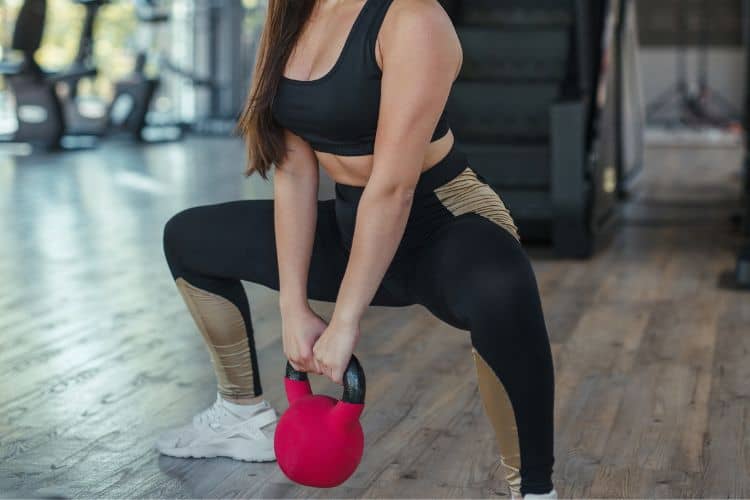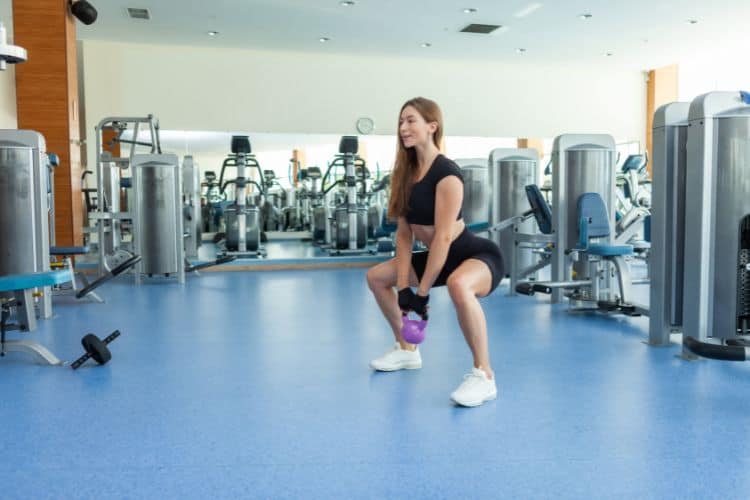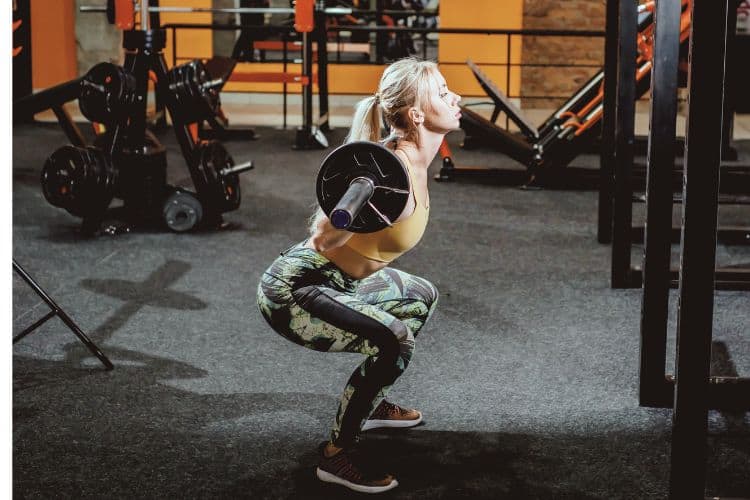Sign up for workout ideas, training advice, reviews of the latest gear and more.






Finding time to exercise can feel impossible when life is packed with responsibilities, work, family, and endless to-do lists. But what if you could build strength, boost energy, improve conditioning, and see real muscle-toning results in just 10 minutes a day? That’s exactly what a 10-minute progressive overload workout delivers. This time-efficient routine is short enough to squeeze into any schedule yet designed to be powerful enough to drive consistent improvements in strength, endurance, and body composition.
Progressive overload is one of the most effective training principles in fitness, whether your goal is to build muscle, lose weight, tone your body, or simply get stronger week after week. With just a small increase in intensity, reps, time under tension, or weight, your body adapts—and continues adapting. When packaged into a focused 10-minute session, progressive overload becomes accessible for beginners and incredibly sustainable for busy individuals who still want meaningful, long-lasting results.
This guide breaks down what progressive overload means, the benefits of short-format overload training, how to structure the perfect 10-minute progressive overload workout, and a complete routine you can follow today. You’ll also learn how to advance the workout weekly, how to track your progress, and how to seamlessly integrate this routine into your long-term fitness plan.
Progressive overload is a fundamental fitness principle that centers around gradually increasing the stress placed on the body over time. When you regularly challenge your muscles with slightly more work than they are used to, they respond by becoming stronger, leaner, and more resilient.
Your muscles adapt when they must work harder than they are accustomed to—this can be achieved through:
When you blend these variables into a structured workout, progress happens automatically. For beginners, even a small 5–10% increase each week can produce noticeable improvements in strength and conditioning.
A lot of people assume you need 45–60 minutes to see results. But the real magic lies in intensity, not duration. A 10-minute progressive overload workout works because it keeps the session focused, efficient, and challenging enough to create adaptation.
You can fit 10 minutes into any part of your day—before work, on your lunch break, after dinner, or anytime you need a quick movement boost.
Short, structured workouts keep things simple, making it easier for beginners to stay consistent without feeling overwhelmed.
Long workouts can lead to mental fatigue, but short progressive overload sessions feel manageable and motivating.
Since the workout is only 10 minutes, you’re far more likely to stick with it and create a lifelong fitness habit.
When time is limited, your focus and effort naturally increase—allowing you to get more work done in less time.
By challenging your muscles in a short burst, you stimulate metabolism, increase calorie burn, and build lean muscle.
To make a 10-minute progressive overload routine work, the structure must be simple, repeatable, and adaptable. The most effective approach centers around compound movements—exercises that target multiple muscle groups simultaneously.
Compound exercises maximize results by:
Examples include squats, lunges, push-ups, hip hinges, and planks.
A short warm-up ensures your muscles are ready for work and reduces injury risk.
Perform each for 15 seconds:
After this minute, your entire body is primed and ready.
This routine uses a 40 seconds work / 20 seconds rest format for five total exercises. It’s designed for beginners but scalable for all fitness levels.
Perform each exercise in order. After the final exercise, the 10 minutes will be complete.
The squat to press is a powerful full-body exercise that strengthens your glutes, quads, hamstrings, core, shoulders, and upper back.
Reverse lunges target your glutes, hamstrings, and quads while improving balance and stability.
Push-ups build upper-body strength and core stability, making them one of the best bodyweight exercises.
Beginners can modify by using knees or an incline.
A hip hinge strengthens the posterior chain, including glutes, hamstrings, and lower back.
A dynamic core exercise that challenges stability, balance, and shoulder strength.
To ensure your body continues to adapt, aim to increase one or two variables weekly.
If you’re using dumbbells, add a small amount weekly or biweekly.
Move from:
Go from:
Aim to beat your rep count for each exercise by 1–3 reps each week.
Slow the downward phase of each movement for a deeper burn.
Here’s how a beginner can build up over 6 weeks:
Tracking is essential for progressive overload. You can measure:
A simple notebook, app, or spreadsheet works perfectly.
Perform gentle stretching for:
This reduces stiffness and helps recovery.
Great form ensures maximum muscle activation and reduces injury risks.
10 minutes daily builds more strength than sporadic long workouts.
Control improves muscle activation and increases time under tension.
Beginners should start slow, advanced users can push harder.
This routine naturally elevates heart rate while building muscle.
A 10-minute progressive overload workout is ideal for:
You do not need an hour to build strength, tone muscle, or improve your fitness. A well-structured 10-minute progressive overload workout allows you to train smarter, not longer. Even with minimal equipment—or none at all—you can improve strength, endurance, mobility, and confidence by making small, consistent increases each week.
This workout is fast, beginner-friendly, sustainable, and incredibly effective. When you commit to just 10 minutes a day, you build lifelong habits that help you stay fit, strong, and energized—without feeling overwhelmed.
If you’re ready to take control of your fitness in the simplest, most effective way possible, this 10-minute progressive overload routine is the perfect starting point.
Ready to amplify your 10-minute progressive overload workout? Dive deeper into our site for more targeted routines and nutritional support: check out our “10-Minute Dumbbell Workout: Get a Full Body Burn With No Time” for a quick-hit strength session, explore the “25-Minute Dumbbell MetCon: A Full Body Burner for Busy People” to step up your overload game, reference the “20-Minute Full Body Cardio and Strength Workout” when you want to mix strength + cardio, complement with the “Best Breakfast to Eat After a Workout for Recovery and Energy” to fuel your gains, and if you ever need a slower-paced option, our “5-Minute Full Body Flexibility Workout Routine You Need” ensures active recovery. These internal articles reinforce your progression from a fast 10-minute session into longer routines, effective nutrition, and recovery—all within our Women’s Fit Club ecosystem.
Stay up to date on the latest women’s health, fitness and lifestyle trends and tips.